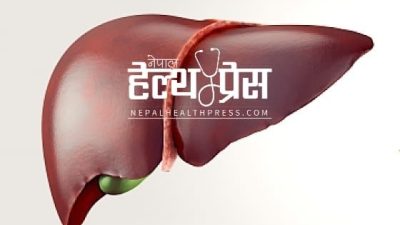Celebrating Mole Day 10/23: The Chemistry Behind the 6.022 × 10²³ Phenomenon

Happy Mole Day!
No, this day isn’t about the small, funny, burrowing animals called moles. It’s actually dedicated to something far more fundamental to chemistry. If you’ve studied chemistry in school, you’ve likely come across this concept — here’s a hint: it’s a key building block of the entire field!
Mole Day is an unofficial celebration observed by chemists, students, and science enthusiasts each year on October 23, from 6:02 a.m. to 6:02 p.m. The timing reflects Avogadro’s number (6.022 × 10²³), with the date written in the U.S. format as 10/23.
This day honors the mole, a unit in chemistry that represents approximately 6.022 × 10²³ particles, which can be atoms, molecules, ions, or other entities.
Imagine, for instance, a mole of cats — that would be around 6.022 × 10²³ cats, or approximately 602 sextillion (602 billion times a trillion)! Now that’s a lot of cats!
To be precise, one mole contains 6.02214076 × 10²³ elementary particles, a number officially defined by the General Conference on Weights and Measures in 2019. Before this, a mole was defined as the number of atoms in 12 grams of carbon-12.
This massive number, called Avogadro’s number (NA), is named after the Italian physicist Amedeo Avogadro. He proposed that equal volumes of gases, under the same conditions, contain the same number of molecules. This principle was crucial in determining atomic and molecular weights, which led to the concept of the mole.
What’s remarkable about the mole is that it applies equally to all substances. For example, one mole of carbon-12 contains 6.02214076 × 10²³ atoms and weighs 12 grams. In contrast, one mole of diatomic oxygen (O₂) also contains the same number of molecules but has a molecular weight of about 32 grams, demonstrating that oxygen is heavier than carbon. This concept extends to molecular and formula weights in chemistry.
If you’re curious about chemistry or eager to learn more about the mole, this is the perfect opportunity to reach out to your chemistry teacher or dive deeper into the topic. They’d be thrilled to help!
Mole Day has an interesting origin, too. It began in the 1980s when high school chemistry teacher Maurice Oehler was inspired by an article in “The Science Teacher.” He wanted to make chemistry more exciting for his students, so he launched National Mole Day. In 1991, the National Mole Day Foundation (NMDF) was created to promote this event and raise awareness about chemistry.
The NMDF aims to inspire students to explore chemistry through fun, educational activities centered around the mole. Mole Day is celebrated in many high schools worldwide, and it conveniently falls during National Chemistry Week, helping to spark greater interest in the subject.










प्रतिक्रिया दिनुहोस